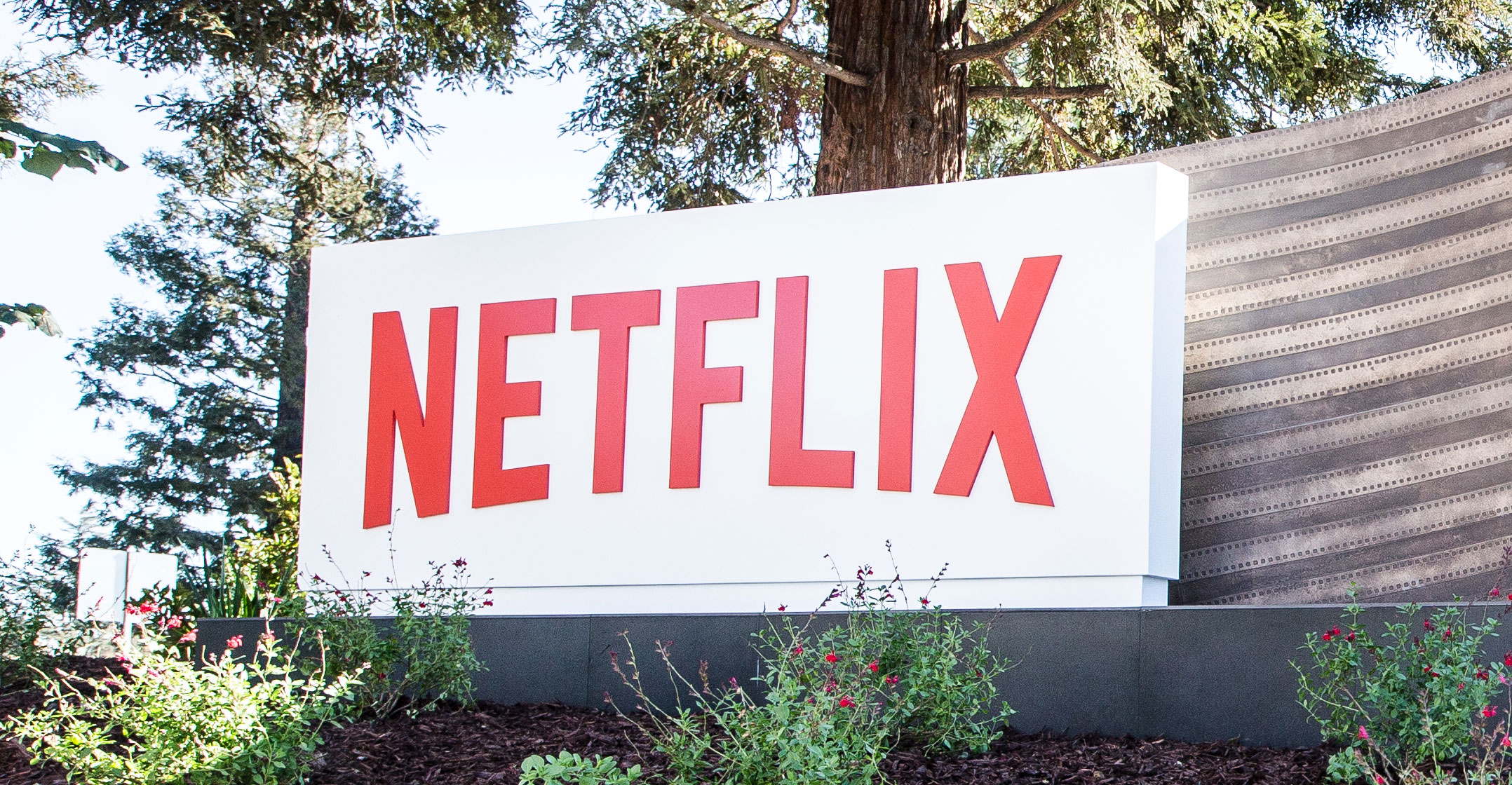 The television network giants went through ratings hell. It’s time for Netflix’s own version of that.
The television network giants went through ratings hell. It’s time for Netflix’s own version of that.
After the market closed on Wednesday, Netflix reported that it lost 126 000 US streaming customers during the second quarter, which appears to be the first time it’s ever done so. Global membership growth was also well short of management’s own expectations, with 2.7 million net sign-ups versus an anticipated five million. The company blamed its uninspiring results on subscription price increases and a less-enticing mix of movies and TV series. While it signalled that “more typical growth” and better content is in store, shares of Netflix sold off 12%, erasing US$17-billion from its market value.
This marks a turning point in how investors view the future of Netflix vis-a-vis its biggest emerging threats, Walt Disney and AT&T.
In recent years, the popularity of Netflix has been a chief reason for the accelerated drop in cable subscriptions and viewers tuning out traditional live TV. As investors were entranced by the video streaming app’s rapid growth and awarded the company an absurdly rich valuation, companies such as Disney and Time Warner (now called WarnerMedia, a unit of AT&T) were punished by shareholders for their audience shrinkage.
Those media giants’ audiences are still shrinking, and their businesses still rely on TV commercials and cable fees to drive profit. But they have managed to change the narrative so that more attention is paid to their own streaming opportunities. 12 November is the launch date for Disney+, which Disney plans to bundle with ESPN+ and Hulu for fans who want all three services. Shortly thereafter, AT&T’s WarnerMedia will introduce HBO Max, a souped-up version of the HBO app that will contain Turner network programmes and Warner Bros films. Given the relatively low price of Disney+ at $6.99/month and the quality of Disney and HBO/Warner content, both products have the potential to lure a considerable number of streamers away from Netflix.
More obsessed
This means Netflix investors will become even more obsessed with its quarterly subscriber count. They’ll also want more real data as far as how many people are watching Netflix’s costly originals — much in the way investors have picked apart the traditional media companies’ Nielsen viewership ratings. By now you’ve heard that Friends is moving to AT&T’s HBO Max next year, and that Comcast’s NBCUniversal is reclaiming The Office in 2021. Those are the most-watched shows on Netflix, so their expiration dates create a sense of foreboding.
Netflix may be drifting too far from what it made it so attractive in the first place: being a constant bazaar of binge-able video entertainment. By blaming its own content slate for last quarter’s weak showing, Netflix is saying that it’s not all that different from HBO, which is dependent on a select few hit programmes and goes through lulls when there aren’t new episodes. Netflix has the benefit of already being the “base” streaming service for many people, but that could change if Netflix becomes less of a one-stop shop and other services seem to offer more bang for your buck.
Disney+ launch day is just four months away. And the closer we get to D-Day, the more skittish Netflix shareholders will be. Cable network operators know all too well what that’s like. — Reported by Tara Lachapelle, (c) 2019 Bloomberg LP




